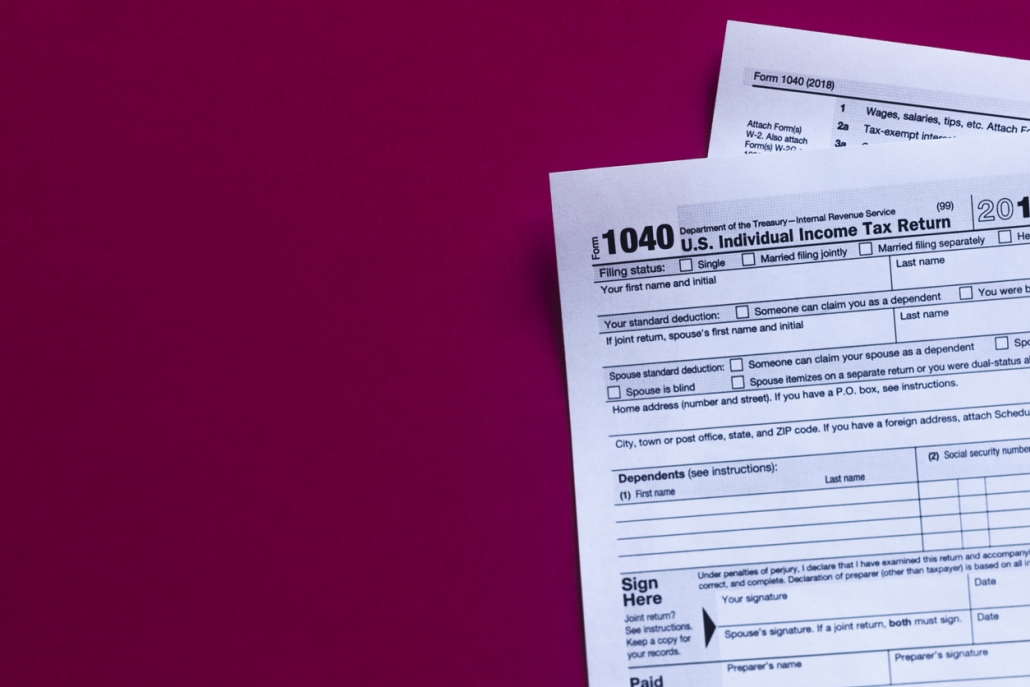Posts Tagged ‘taxable income’
What to Know about Tax Brackets and How They May Change
What are the income tax brackets and how do they work? Here is an overview. Key takeaways: There are seven tax brackets currently ranging from 10% to 37% You don’t pay the same percentage on all your income; each portion of income is taxed at a different rate The Biden Administration has said it wants…
Read More
